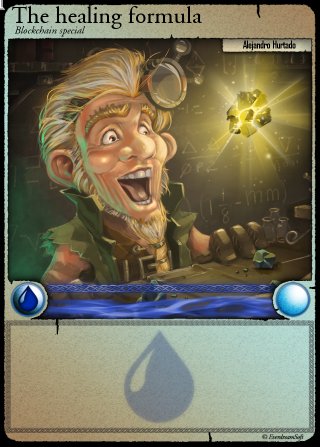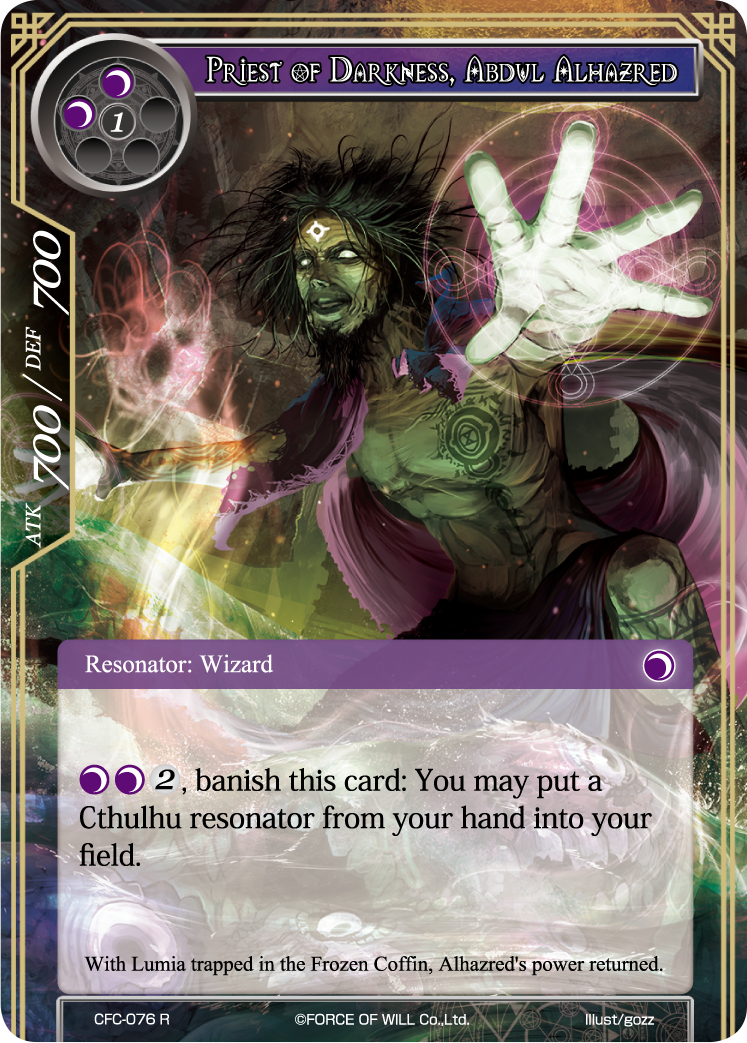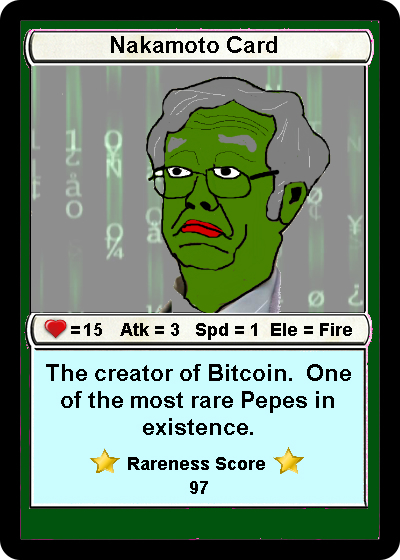“Know your history, degen, and be free”
While Rare Pepes are undoubtably the ultimate NFT collection, they did not emerge out of a vacuum. Many historic NFTs line the hallways of crypto history, spanning unimaginably far back in fiat time.
Meme archeologists have been sifting through the decentralized dirt to discover NFTs long forgotten by the plebs of today. The Hall of Historic NFTs was created to preserve and pay tribute to the tokens that ignited the modern meme movement.
We visit the Hall of Historic NFTs not just to learn about the legendary projects of the past, but to also gather clues about what the future may hold. Nakamoto’s dominoes may keep falling forever, affecting human life more than we could ever imagine. In some ancient cultures, “Rare Pepe” and “NFT” are the same word, and there may come a day when we refer to all special objects as “Rares.”
Colored Coins (2012)
Colored Coins are often hailed as the great grandaddy of all NFTs. They laid the groundwork for NFT technology by allowing small amounts of metadata to be sent along with Bitcoin transactions. The first mention of Colored Coins came from Yoni Assia in 2012. Suddenly, the world could lay assets like digital collectibles on top of decentralized ledgers. This was the genesis of all geneses.
“Right-click-savers” who incorrectly frame NFTs as nothing more than overpriced jpegs fail to understand the groundbreaking technology behind the images. NFT naysayers need to spend some time looking into the technologically marvelous – and yet often jpeg-free – Colored Coins. These Coins revolutionized how we handle digital asset ownership – a journey that humanity is still just beginning.
Spells of Genesis (2015)

Players of MMORPGs like World of Warcraft and fantasy card series like Magic the Gathering have long desired a better way to collect and trade wizarding assets. Spells of Genesis heard that call and delivered a spectacular series of fantasy cards, complete with MTG-worthy art. Developed by EverdreamSoft, early Spells of Gensis (SoG) cards are still highly sought after to this day and are often collected alongside Rare Pepes.
EverdreamSoft’s first Spells of Genesis NFT was the FDCARD. This card was released as a way to raise funds and awareness for the distributed computing project Folding@Home. Not only does the series have a unique origin story, but it’s still actively developed to this day. NFT fanatics cherish the early SoG cards as icons of art, history, and culture.
Force of Will (2016)

Already a massively popular physical trading card game, Force of Will made its mark on NFT history by launching a card series on the Counterparty (XCP) platform. This is considered one of the first mainstream brands to create and distribute blockchain gaming assets. Like Spells of Genesis, Force of Will NFTs are still cherished and traded in modern times.
Rare Pepes (2016)

Now that the foundation had been laid and the soil adequately fertilized, NFT meme seeds were ready to be planted. Matt Furie’s omnipotent Pepe the Frog was the perfect mascot for these groundbreaking meme NFTs. A green Nakamoto emerged as the torchbearer of the Rare Pepe movement and the world would never be the same again.
Crafted purely for the innocent lols, renowned Meme Scientists would determine whether or not a community-submitted Pepe was dank enough to be considered Rare. Thus, the first NFT art community was born. As the world wakes up to this green treasure hiding in plain sight, collectors still try to maintain the initial spirit by trading and sharing Rare Pepes with friends.
Understanding the history of Rare Pepe helps us to guide the green frog’s future. Markets may rise and fall like empires, but humor and friendship will endure throughout all 36 series of life. The Rare Pepe ethos is rooted in supporting self-expression – both within and with others – and exists independently of the larger cryptocurrency scene.
Cryptopunks (2017)

Spearheading the generative NFT movement, Cryptopunks paid homage to the Cypherpunk movement of the 20th century. Initially released for free, all 10,000 Cryptopunks grew on to become status symbols for the NFT elite, fetching well over six figures on secondary markets. To this day, a Punk profile picture signals someone who either has heavy eth bags or has been in the game for years. As the Rare Pepe Renaissance continues to grow in power, many are choosing to trade in (or even burn) their Punks for Rare Pepes.
CryptoKitties (2017)

Arguably the first NFT project to receive mainstream attention in the US, CryptoKitties was also one of the first NFT projects to make collectors a bunch of money. These tentative, innocent, and cute looking kitties were also controversial for their role in overloading the Ethereum network. Today, 2 million CryptoKitties are in circulation and are actively traded on OpenSea. It’s plain to see why these kitties have earned their place in the Hall.
Conclusion
As you near the end of the Hall of Historic NFTs, you come across something peculiar. The wall at the end of the Hall is moving slowly away from you. The Hall is expanding in size. There is a small mirror on the moving wall which reflects your Pepe face, signifying that much of NFT history has yet to be written.
Where will Rare Pepes be in a year, or ten? Any amount of speculation will surely fall short. The potential of Pepe is unlimited, and we each carry our own Green Torch every day. Study the history, discover the Source of Rareness, and – just like the Meme Scientists foretold – you may one day discover that you are Rare Pepe.



